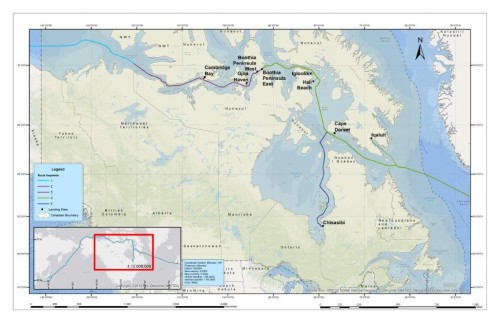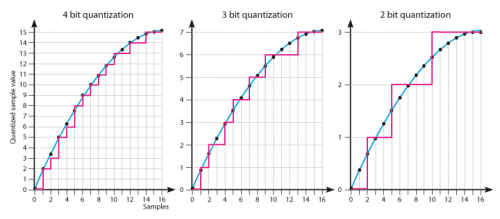Michael Lewis published an fascinating look into the world of high frequency traders on Wall Street in the New York Times. He goes deep into the shadowy world of private exchange “dark pools” and unregulated private networks. As someone who follows technology news and the debates over network peering and net neutrality, Mr. Lewis’ tale of what happens when you let the established players extend their advantage with direct network connections in the world of finance is another argument for net neutrality.
First some background.
As the big financial firms moved their trading online, the speed of the transactions became a competitive advantage. Firms that connected directly to the exchanges gained an advantage as they were able to execute their trades milliseconds faster than the competition, staying ahead of large market moves, shaving pennies that added up to millions at their enormous volumes.
The pursuit of speed reached ludicrous with the launch of projects such as Arctic Fibre which was offering to connect European and Asian markets under the North Pole ice cap to reduce latency.

When I was working at a securities firm in Tokyo, rumor was that one US firm had used superior hardware (Sun Workstations at the time) that could calculate the Nikkei 225 average a few milli-seconds faster than the mainframes at the Tokyo Stock Exchange. Futures for the 225 were traded in Osaka on the OSE so by running the calculations in Tokyo and sending orders over a high-speed network to Osaka, this firm was able to make a bet on where there market was going with 100% certainty. That gravy train lasted for a few months until the OSE caught on and then someone put something on to that firm’s feed that slowed their signal down just enough to erase their advantage.
These kinds of shenanigans are par for the course in the world of finance which is always looking for the greater fool. Technology has always been used to gain visibility into the market whether it’s counting delivery trucks as an early indicator of business results or Paul Kedrosky’s ladder index, traders are keen to optimize on the latest silver bullet.
So it comes as no surprise that Wall Street brokerage firms used their high-speed trading platforms to trade in front of their customers and skim razor margins off the top to keep for themselves.
Katsuyama and his team did measure how much more cheaply they bought stock when they removed the ability of some other unknown trader to front-run them. For instance, they bought 10 million shares of Citigroup, then trading at roughly $4 per share, and saved $29,000 — or less than 0.1 percent of the total price. “That was the invisible tax,” Park says. It sounded small until you realized that the average daily volume in the U.S. stock market was $225 billion. The same tax rate applied to that sum came to nearly $160 million a day. “It was so insidious because you couldn’t see it,” Katsuyama says. “It happens on such a granular level that even if you tried to line it up and figure it out, you wouldn’t be able to do it. People are getting screwed because they can’t imagine a microsecond.”
When you move from analog to digital the line of a signal gets chopped into samples. The gap between the sample and the raw signal grows imperceptibly narrow the more frequent the sampling. The profit of the high-frequency trading firm is made within those gaps.

High-speed fiber optic networks and global exchange liquidity centers are the latest tools of the trade. Co-location of your execution servers in the cage next to a stock exchange drop point in a data center guarantees that you can jump in and out of financial instruments faster than the next guy allowing you to trade in and around that gap between the bid and the ask.
This is a parable for what will happen if Netflix and other big media companies do deals with ISPs to guarantee bandwidth for their content. It undermines net neutrality and the level playing field for all media companies. Smaller, disruptive media companies are shut out, unable to compete with entrenched incumbents. Fast, direct connections creates an unfair advantage for those with the resources, both in the online media world and in the world of finance. If you’re able to deliver a better price or cleaner video signal, it’s all due to bandwidth. In the digital age, bandwidth truly is the new coin of the realm.

Leave a comment